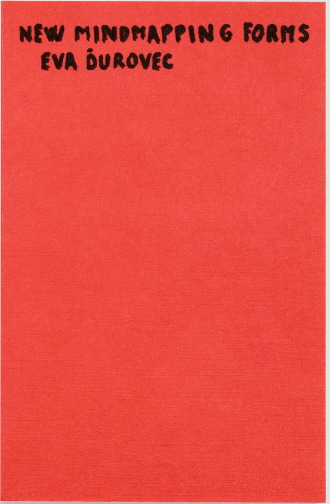What do you think?
Rate this book


288 pages, Paperback
Published April 28, 2022
Envisaged as the third iteration of the spirit of Lola Montez (Lola, Maria, Mario), Montez Press was formed in 2012. We have since commissioned and published experimental work by artists, writers and thinkers with a focus on queer and intersectional feminist practices through the lens of artists’ writing. We are committed to curiosity, questioning established methods and systems, and engaging in open conversation and dialogue. Our methods are deeply collaborative. We seek to support unexpected creators, including those who may not receive institutional support due to social and economic systemic prejudices. We commit to a rigorous editorial process in our effort to produce work that takes risks and surprises and challenges the reader.



IS IT A NORM THAT WE HAVE TO WRITE EVERYTHING DIGITALLY ANOTHER PROBLEM I HAVE, I DON’T WANT THAT THIS MASTERARBEIT WILL COME OUT FROM THIS COMPUTER. WRITING SOMETHING INTO THE COMPUTER IS SOMETHING ELSE THAN WRITING IT ON PAPER. IT COULD BE TWO DIFFERENT WORKS. I THINK DIFFERENTLY WHEN WRITING WITH PEN, WHEN I NEED TO FORM IDEA, WHOLE PAGE FIRST. POSSIBILITY TO DELETE SOMETHING WILL LEAVE TRACES. I CANNOT MOVE WHOLE PARAGRAPHS HERE AND THERE. MY EYES SEES PAPER, TABLE, PENCILS, CORRECTOR, BOOKS, WALL, VIEW FROM WINDOW, MAREK. I AM USING FIBER MARKER PEN FROM LIDL, THEY ARE FOR 1.49 EUR FOR SET WITH 10 COLORS.